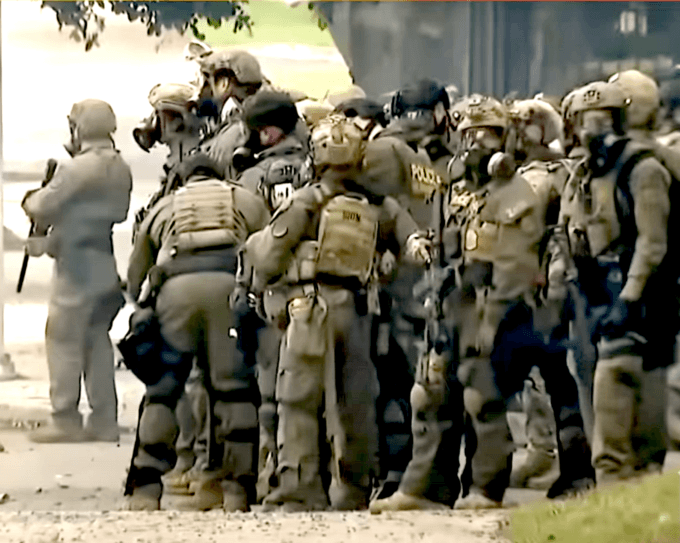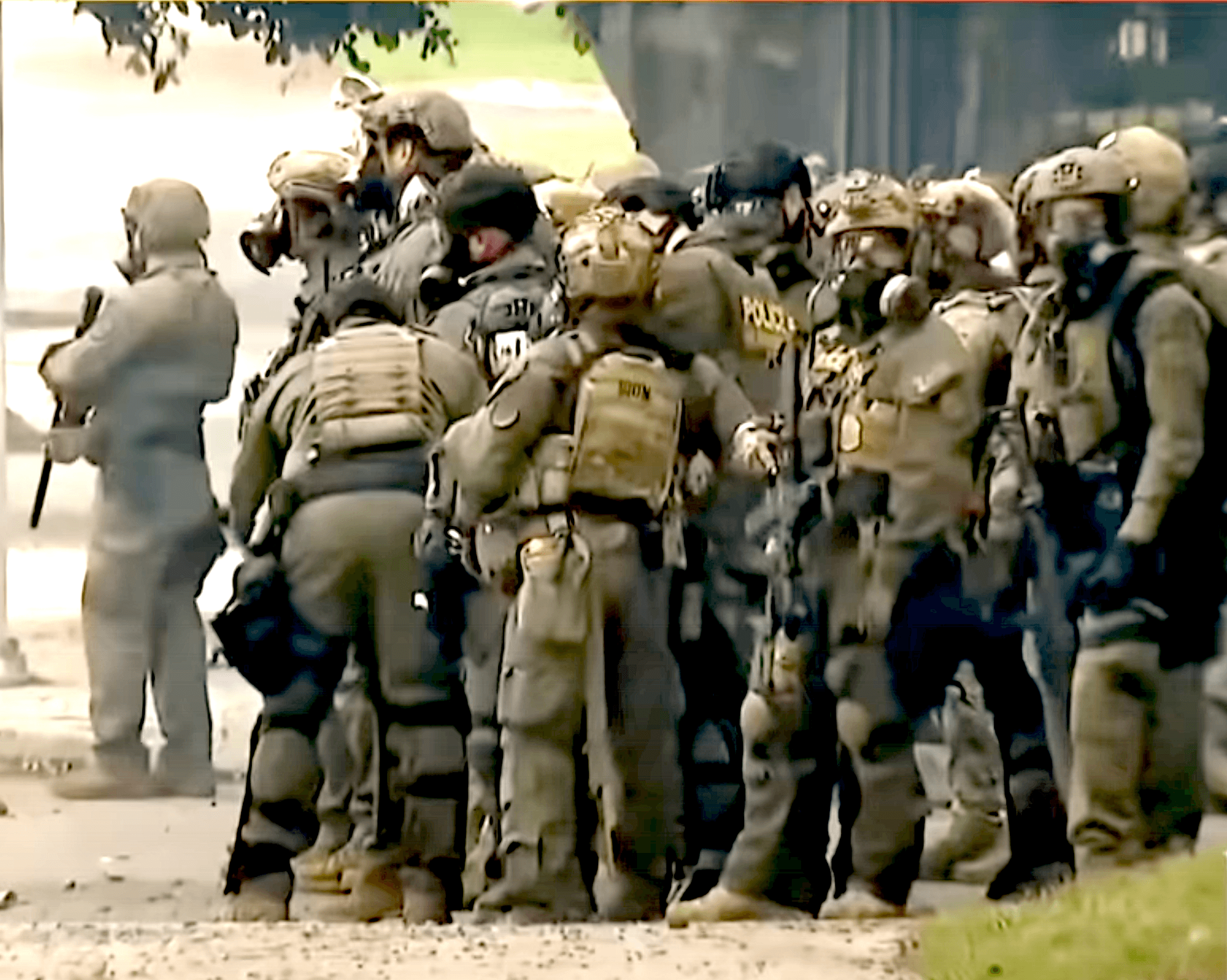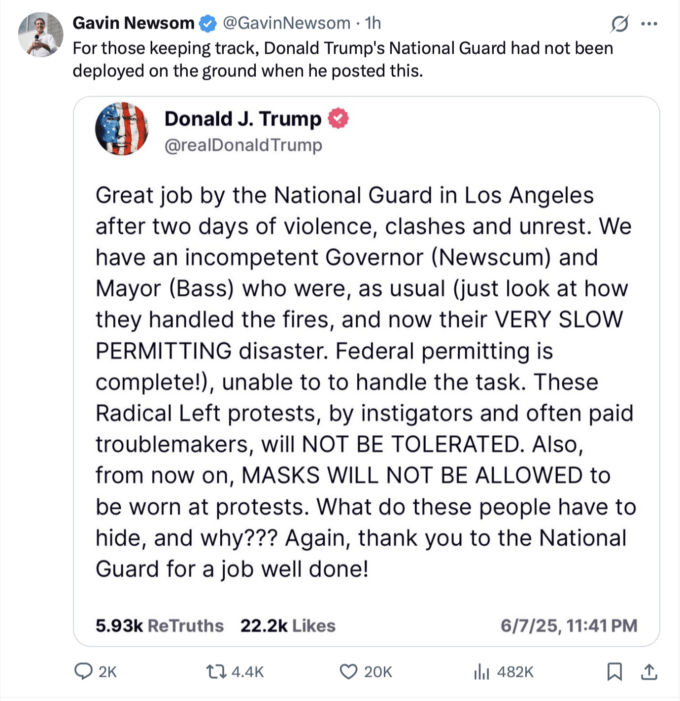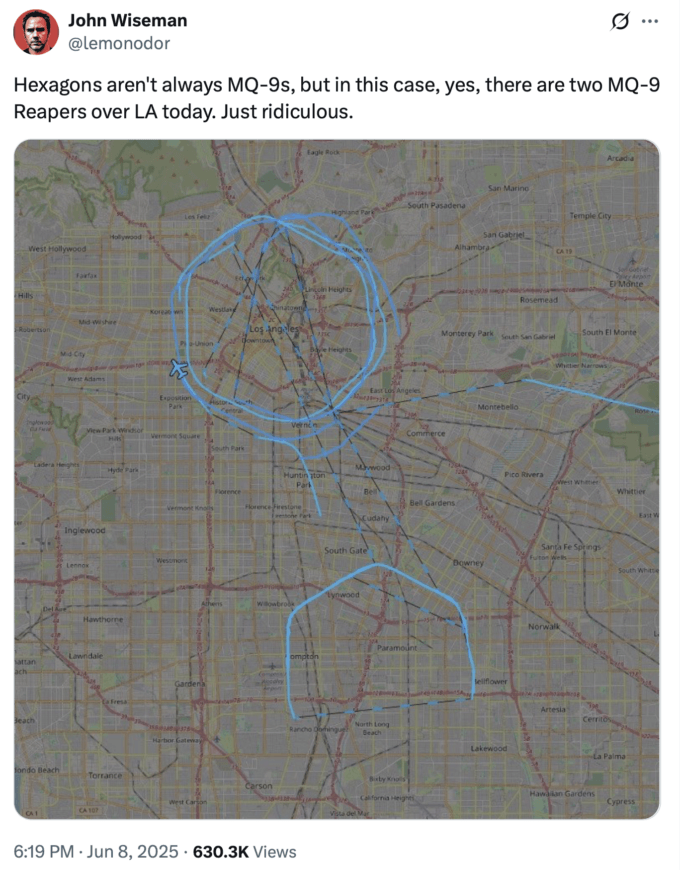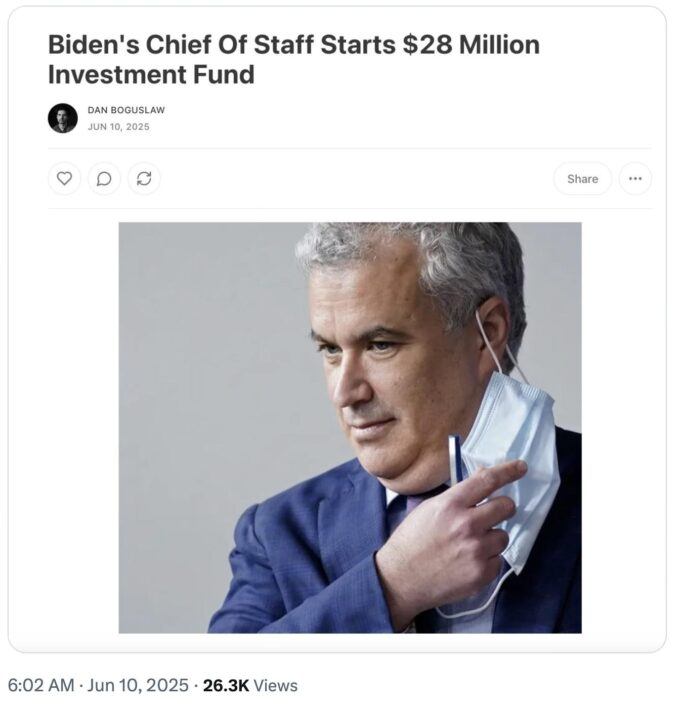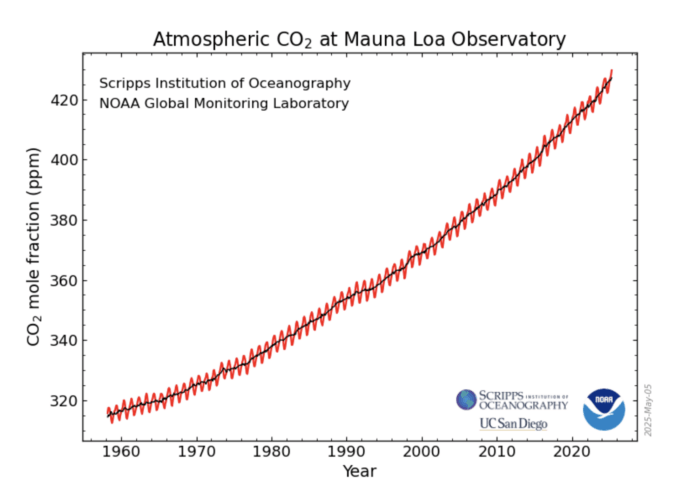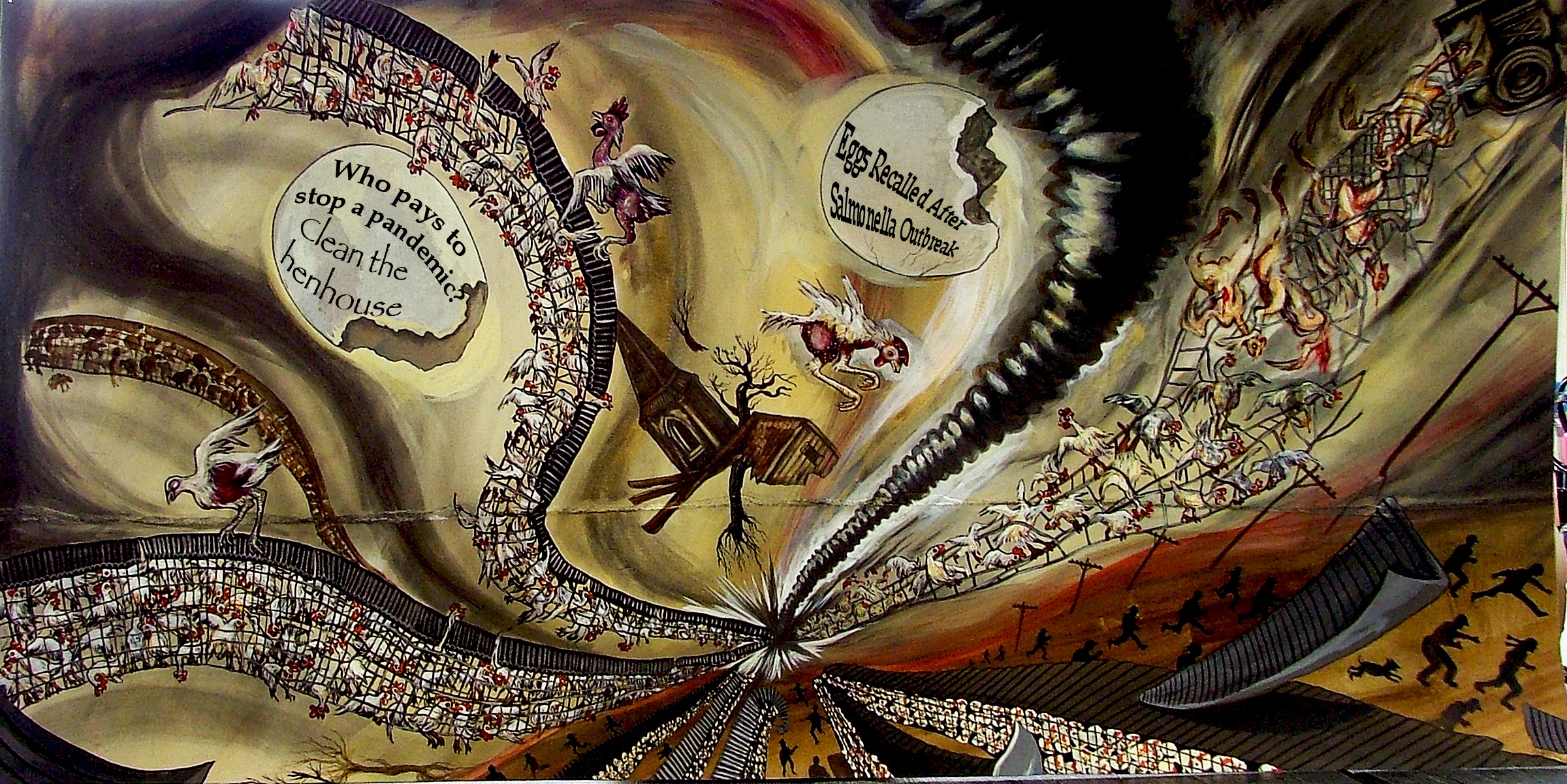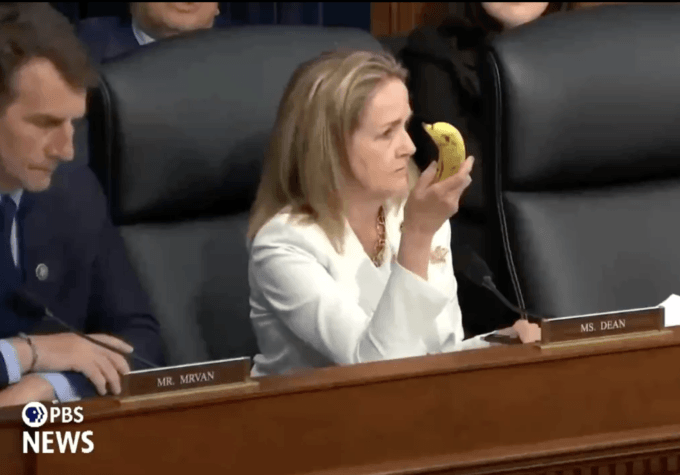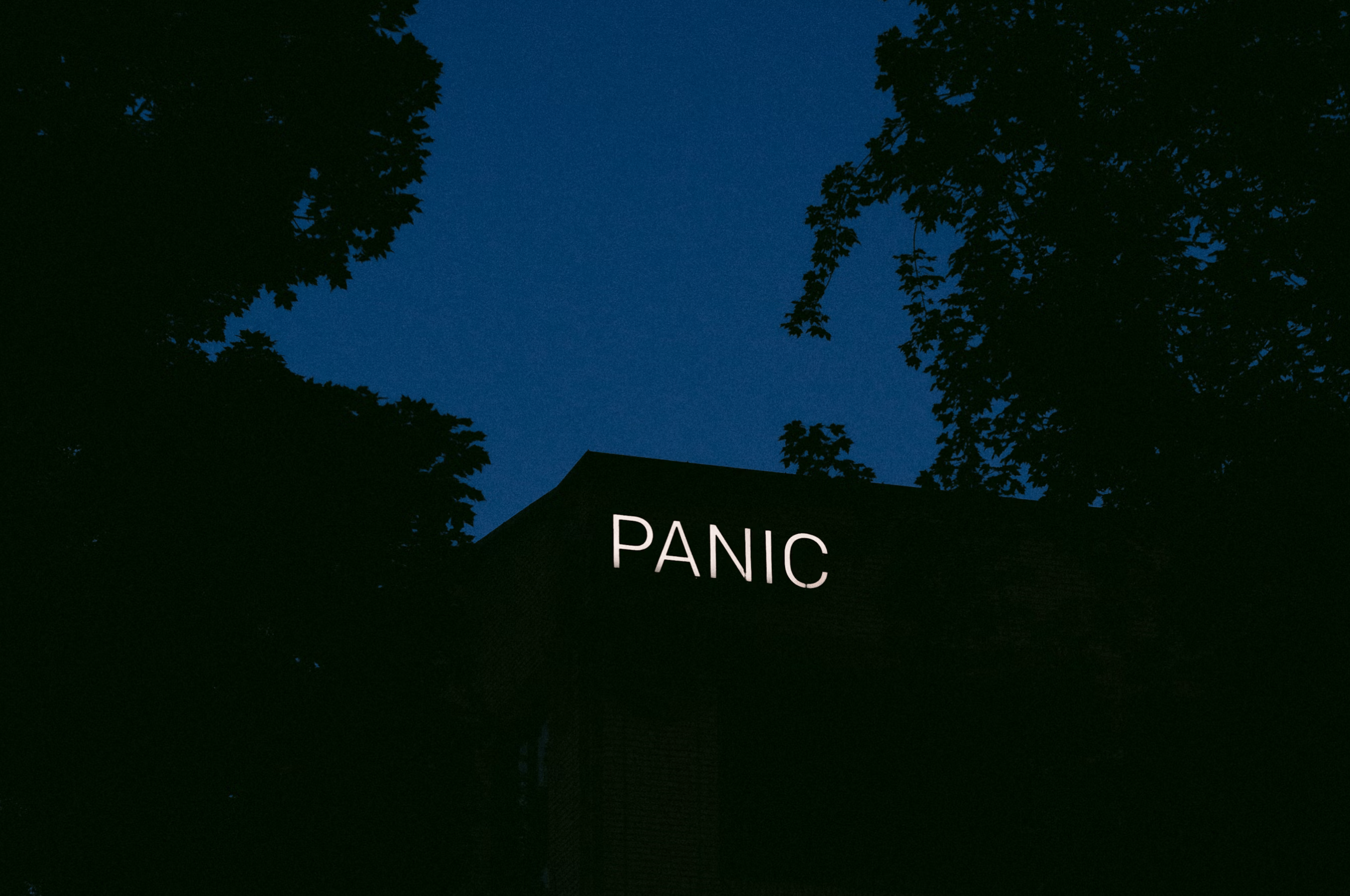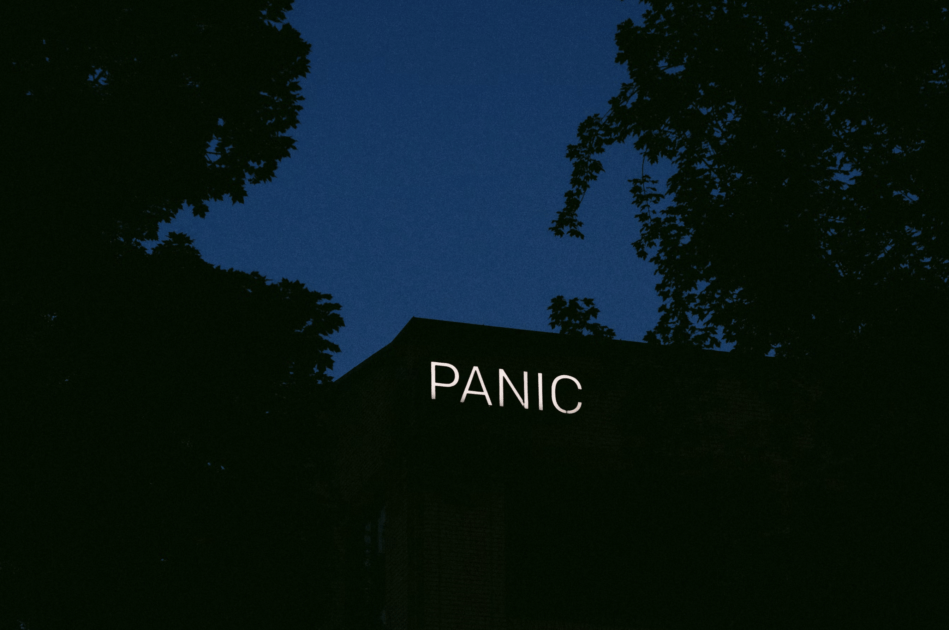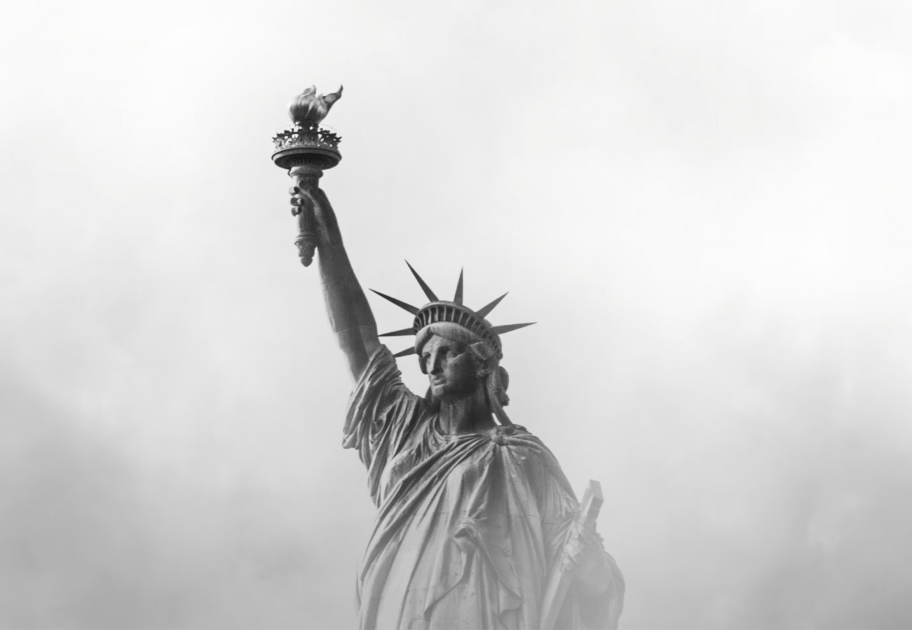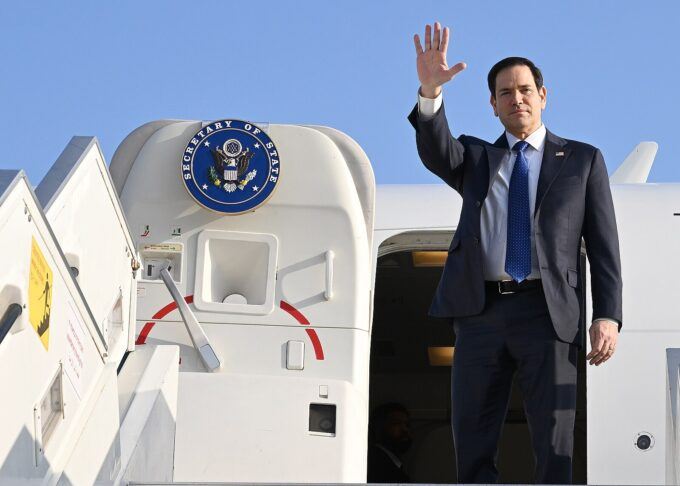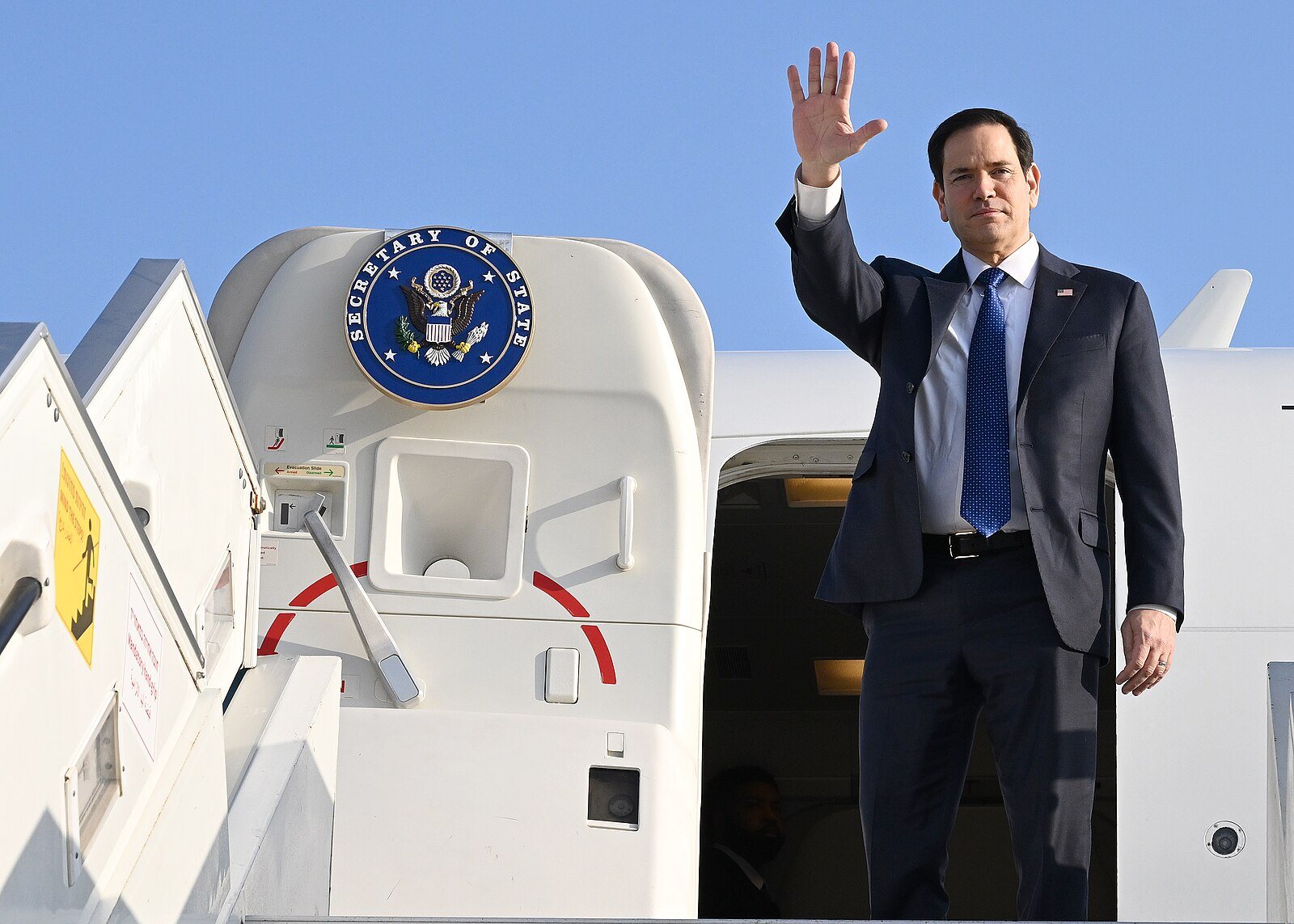






























































Photograph Source: @zelamine – instagram
Many years from now, long after Gaza has been obliterated and its unwanted survivors have been dispersed to whatever hellish limbo awaits them, in that distant future when everyone will have always been against this, I suspect what I will remember most from our end of the genocide is not the butcherers who have rotated through the White House and Downing Street and das Bundeskanzleramt, nor the savages-in-suits of AIPAC and the rest of the Israel lobby, nor even the supposed realpolitik behind it all—the oil-mad demand of Western powers for a beachhead in a West Asia that is too rich in combustible carbon.
No, what I will remember is my neighbors in Boulder, Colorado, and their reaction to the recent attack here on a group of peaceful protestors. In that reaction I have come to a better understanding of how easily the couple next door or the friends around the block become Hitler’s willing executioner’s—Bibi’s at any rate. The specific form of good German I have in mind are those who haven’t quite cheered on the genocide but have abetted it almost as insidiously by their obeisance to the authoritarians who tell them what to think and say about the slaughter. Their weakness of character—make that their abandonment of character—is the bulwark against which the genocidaires in Washington and Jerusalem place their backs, the surety that enables them to carry out the darkest of deeds in the broadest of daylight.
But first, a thumbnail of the events of June 1: On that sunny Sunday a group of protestors held, as they have each week for the last year and a half, a peaceful 18-minute vigil in downtown Boulder calling for the immediate release of hostages held by Hamas. The protestors were part of a group called Run for Their Lives, which has been holding similar weekly protests in a scattering of cities around the world. But on that Sunday, as you of course know, the Boulder group was set upon by an Egyptian immigrant, Mohamed Sabry Soliman, who burned fifteen people and one dog with homemade incendiaries while shouting “Free Palestine!” Elsewhere he had issued calls to “end Zionists.”
(It should go without saying that attacking peaceful protestors is abhorrent and intolerable, but because I will inevitably be tarred for this article as a supporter of violence, let me say here that I have no truck with it whatsoever.)
After an outpouring of sympathy for the victims—all to the good there—Boulder went off the rails. Or rather, it stayed on them, chugging blindly along on tracks that had been carefully laid, tie by tie, league after league, over many a long year. Three aspects of my neighbors’ response may be of interest beyond the parochial confines of Boulder.
First, virtually every public official, every civic group of note, every rabbi or business owner or passerby whom a reporter could scare up for a quote condemned the attack as “antisemitic.” Many of them declared that “Boulder’s Jewish community” had been attacked. The Boulder Daily Camera, the town’s pale imitation of a newspaper, flatly declared in article after article (typically in the lede, no less) that the attack was antisemitic, and the independent Boulder Reporting Lab did no better. Many Boulderites went still further and condemned the rampant and rising antisemitism in Boulder, and more than one said the attack was the predictable culmination of such hate. (Never mind that the attacker came from 150 miles away.)
What was lacking in these many declarations was proof the attack was antisemitic. Anti-Zionist, certainly; the attacker declared as much. Antisemitic? I know of no shred of evidence. While I’m not privy to every utterance of the unhinged Mohamed Soliman, from those that have been made public he seems to have been outraged by the genocide in Gaza and thought he was striking a blow against Israel and Zionism, not a word about Jews or Judaism.
It matters, of course, whether his crime is described as “anti-Zionist” or “antisemitic” because antisemitism is the brush with which Israel and the White House have long tarred critics of Israel’s many barbarities. Do you condemn Zionist settlers who brutalize Palestinians and kick them off their land in the West Bank? You’re an antisemite. How about the slaughter of infants and toddlers by the thousand? Antisemite. The slow starvation of two million people? The murder of those who seek aid at food stations? The destruction of their homes and hospitals and universities and mosques and anything else rising more than a meter or two above the Gazan soil? Antisemite, antisemite, antisemite.
Among Boulder’s broad spectrum of civic, business, and political leaders, just one refused to play along. A city councilor named Taishya Adams declined to sign a statement by the city council that declared “in the strongest possible terms that this was a targeted, antisemitic attack.” Adams asked the council to add “anti-Zionist” to its description, and her reward was multiple sharp, public dressings down from her fellow councilors and a sound pillorying by Zionist journalists as far off as Europe and Israel.
Until now Adams has not been a leader who has evinced—how to put this delicately?— notable acuity or dogged devotion to progressive values. (She has voted, for example, against a tepid 15-percent increase in the minimum wage, apparently having been dumb enough to fall for the Chamber of Commerce canard that paying workers fairly is bad for business.) But she had the intelligence to see through the lies about Gaza, and she had the courage of her convictions, and this show of spine stirred such horror among Boulder elites—“one of ours” had broken ranks!—that there followed a whole new round of inveighing against the rise of antisemitism locally.
Such was the frenzy that civic leaders, including the mayor (a man as weak of principle as he is of chin), got together with a far-right outfit called the Combat Antisemitism Movement to host what they billed as an “emergency summit” on antisemitism at the University of Colorado. The merits of this “summit” I think we can deduce from the fact that in eight hundred words telling us about it, the Daily Camera’s sympathetic scribe couldn’t find a single example of antisemitism in Boulder worth noting. He did, however, report that many summiteers were offended—offended, I tell you—by student protests against Israel’s genocide and, further, that the Combat Antisemitism Movement has called for legislation to outlaw the wearing of masks at such protests.
Lest there be any doubt about what “antisemitism” means in all the foregoing, let’s look briefly at another gathering, a vigil for the victims of Soliman’s attack, held at the Boulder Jewish Community Center. The organizers of this confab pitched it as a healing occasion but somehow saw fit to invite as speaker an envoy of the genocidaires: Israel Bachar, one of Israel’s consuls general to the United States. Bachar, not incidentally, is a political hack who was among those responsible for returning Bibi the Butcher to power in 2009. Inviting Bachar to your town’s therapeutic session doesn’t quite rise to the level of inviting, say, Steve Bannon, but the difference is one of degree rather than kind.
“Israel is facing a seven-front war,” Bachar railed to the crowd of twelve hundred people. “It is not a war that we initiated, but it’s a war that we are going to win. We cannot afford to lose this war.” This sort of talk isn’t even code anymore. Everyone by now knows its plain meaning: We will obliterate Gaza. Yet I found no sign of any Boulder leader who condemned this call to erase Gaza. Perhaps they were taking their cues from their constituents. When Bachar said, “Anti-Zionism is antisemitism,” the crowd applauded. To some sizable number of Boulderites, to criticize Israeli genocide is to be an antisemite.
My second observation is that in the many reports on Run for Their Lives, I’ve yet to come across one locally (or, come to that, nationally) that mentioned one salient and hard-to-miss fact about the group: its leaders and some share of its participants—I would hazard a majority of those—are squarely comfortable with genocide. This does not mean they deserve to be set on flame. But in our rush to sympathy, why must we omit this truth? If a bunch of Klan sympathizers were set on fire by a black man, wouldn’t their racist beliefs get a mention in the reports? And if the attacker had said he attacked them not because they were white but because he objected to their racist views, wouldn’t we think this might be so? Certainly we wouldn’t say this was an attack on “Boulder’s white community.” Most of us would say it was an attack on people who sympathized with the Klan.
But of course, to talk of such things—to acknowledge that some of the victims of Soliman’s attack likely favor genocide (and certainly that the group behind their rally does)—is the last thing a good German wants. It would, among other things, get in the way of hopping into bed, under cover of sympathizing with the victims, with some of Run for Their Lives’ more noxious bedfellows, like Consul Bachar.
Why do I say Run for Their Lives is at ease with genocide? For a start, at their protests in Boulder (and in other cities as well, to judge from photos online) participants commonly fly the genocidal flag, the avowedly Zionist standard of Israel, which all decent people surely now regard with the same revulsion that was once reserved for the swastika-emblazoned flag of Nazi Germany. But to say they fly the flag understates the case. Many of them, as I have seen in town, literally wrap themselves in the genocidal colors, swaddling their bodies in a flag that by now positively drips with Palestinian blood. The second-most-common flag at these affairs is the Stars and Stripes, banner of the genocide’s chief underwriter. To Palestinians and those who sympathize with them, these are not unsubtle messages.
Additionally, Run for Their Lives manages to lament the plight of the hostages on their website without breathing a syllable of concern for the genocide being undertaken in their name. “Innocent children, women, the elderly, and young people,” the site’s statement of purpose says, “should not be living in tunnels 20 meters underground for over a year—they should be in their homes with their families.” This is inarguably true. I couldn’t agree more. But what deformity of conscience allows a group to say such a thing without acknowledging that twenty meters above the heads of those few dozen innocents, millions of other innocents are being driven from their homes and are daily terrorized, with untold numbers of their families being maimed and murdered? Only people who have made peace, if that’s the word, with genocide could call for compassion for one set of innocents while ignoring the far greater devastation to innocents literally steps away.
By the same token, I know of no prominent person or group in Boulder (Councilor Adams excepted) who has used the word “genocide” in a statement condemning Soliman’s attack—nobody who has said, “No matter how appalled we are by Israel’s ongoing genocide in Gaza, we unequivocally condemn Sunday’s attack.” Even the Boulder Progressives, the town’s softly left-of-center voice, put out a windy statement that couldn’t get past the attack’s “antisemitism.” So conditioned are my neighbors to the lie that to stand against genocide is to stand against Jews, they dare not even name the crime. Silence does not always signal consent, but it does always damn the silent.
For a final example of Boulder’s failure to name the truth, consider this sentence from a bookseller at the Boulder Bookstore, writing in the store newsletter after the attack: “Whether you need a book to help you cope with grief or stress, a journal to help you meditate and reflect, a history book to help better understand the complicated history of the Israel & Palestine conflict . . . we can help you find what you need.”
The complicated history, you see. That is of course how Israel’s ruthless settler colonialism has always been—and, now, its final solution no doubt will also be—obscured. It’s complicated.
It’s not, of course. But how many customers would the bookseller have lost had she written, “The history of Israel and Palestine is actually quite simple. Israel stole land that the Palestinians were living on and ever since has been brutalizing them and forcing them onto smaller and smaller parcels.”
My third observation is that what is remarkable about these two responses from Boulder—the rush to label the attack antisemitic rather than anti-Zionist, and the refusal to name the crime of genocide or the genocidal sympathies of Run for Their Lives—is that these sins are being committed not by elites but by what amount to commoners: two-penny town politicians, small-minded Rotarians, the corner-lot developers who populate the Chamber, even local liberals who fancy themselves small-bore, truth-to-power types. From the national elite, these responses would of course have been expected. Whatever they may personally believe, a congressperson or a governor, the president of an Ivy League university, a talking head or the editor of all the news that’s fit to print must either get on the Zionist bandwagon or risk losing their cushy perch, their government funding, their next primary, or their “relevance” among the nation’s other shapers of opinion.
But none of those motives applies in Boulder, which is why I find my neighbors’ responses so remarkable. Nobody in Boulder is going to be targeted above the table by AIPAC money or beneath it by Adelson money. Nobody is losing a hundred thousand X followers for a humane tweet against genocide. There is simply no structural incentive of this sort to go along with the madness. And yet Boulderites do.
Why? I believe it’s because like Holsteins at the trough, they have simply slurped up the propaganda about antisemitism that the New York Times, MSNBC, Chuck Schumer, the DNC, and all the rest of them have slopped out for so long. Boulderites, I gather, half-digest this swill in their own homes and then regurgitate it as cud to be chewed in coffee-shop conversations and text threads with friends and family. I’ve never thought much of the political insight of my townspeople (last time out they nearly elected a Republican mayor, for Christ’s sake), but I thought them marginally brighter than this. Up to two weeks ago I’d have wagered that a large number of them could see through such obvious lies. Apparently no. At any rate, if great masses do, they are silent or have been silenced.
A last observation: Back when this was Biden’s genocide, Boulder’s liberals found it convenient to buy the propaganda that Israel needed to defend itself by decapitating infants and strafing medics and torturing teachers. Not to swallow the agitprop would have meant confronting the “news” that the Democrats were genocidaires and, consequently, that to cast a vote for them was at best morally dubious. With Trump looming, my neighbors couldn’t abide such facts.
That it is now Trump’s genocide changes nothing. After all, were Boulderites now to call the genocide by its name, they would be admitting that they themselves have long been good Germans who abetted the butchery. To accuse themselves would also be to simultaneously accuse their like-minded friends and family—with unpleasant impacts on dinner-party invitations and serendipitous sidewalk chats. The cartwheels that people will do to avoid such psychic and social difficulties are really quite something.
This, I’m sure, is what I will remember years from now. The slaughterers in Washington and Jerusalem along with their abettors in high places like the Times editorial board may be the chief culprits of this genocide. But it is my neighbors—and, I suspect, many of yours—who are their willing executioners. By mindlessly parroting the lie that to oppose genocide is to be an antisemite, they make themselves the playthings of Netanyahu, Biden, and Trump, and those tyrants take their stupidity for the license it is to commit the gravest of crimes against humanity.
The post Long After Gaza Has Been Obliterated: The Good Germans of Boulder appeared first on CounterPunch.org.
This post was originally published on CounterPunch.org.
